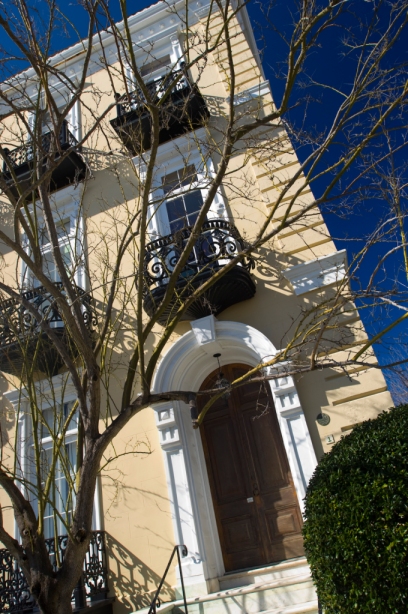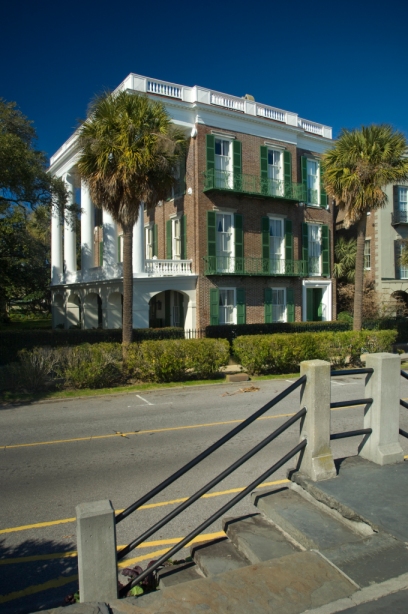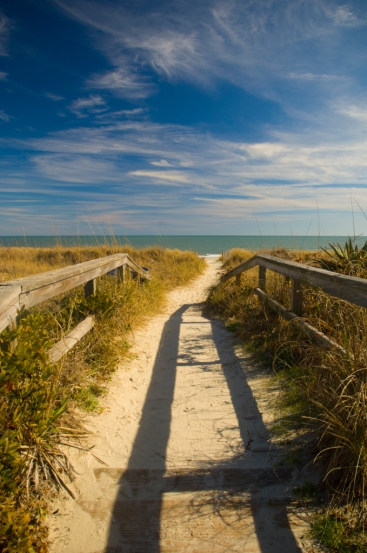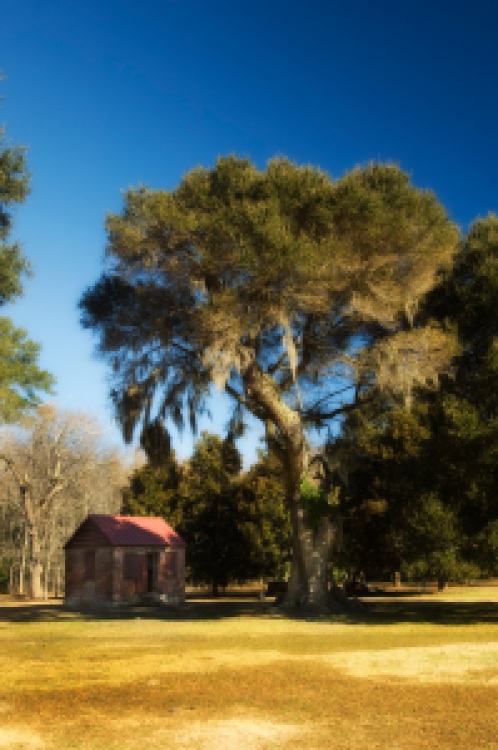There are many ways to tour the city. Tour buses and horse drawn carts are very popular, but only walking allows you read all the plaques and peek in the yards.
Charleston formed the first preservation society in North America. The thing that’s great about older restored districts is that it seems remarkable people and events populated every street. Below are a few of those streets.
Louis Saussure built 1 Battery St. in 1858 after making a fortune auctioning slaves & ships.
At a Tory party in this house during the British occupation of the city, Capt. “Mad Archie” Campbell bet his Arabian horse against 50 pounds that he could win the hand of Miss Paulina Phelps in marriage within 3 days. He invited her for a carriage ride which turned into a 30 mile gallop to a country chapel with the possessed, pistol waving redcoat at the reins. The terrified Paulina said yes and Archie ended up mounted. married and 50 pounds richer.
In 1865 one of two 30 ton canons mounted at the nearby White Point gardens exploded. A 1,000 pound fragment landed in in the roof beams of this house and is still lodged there.
James Adger, the richest man in South Carolina, bought this house for $20,000 in 1855. He owned the first coastal steamship line in the country and is credited with originating the use of tugboats to bring vessels to their berths.
In 1850, master builder Patrick O’Donnell began construction on this Italianate mansion. It was to be a wedding gift for his fiancee. The civil war slowed construction and by the time it was finished his fiancee had made other plans.
This Georgian Mansion was built in 1769 by slave trader Miles Brewton for the astronomical sum of 8,000 pounds. The iron spikes on the fence were intended to help defend the house in the event of slave revolt.






























